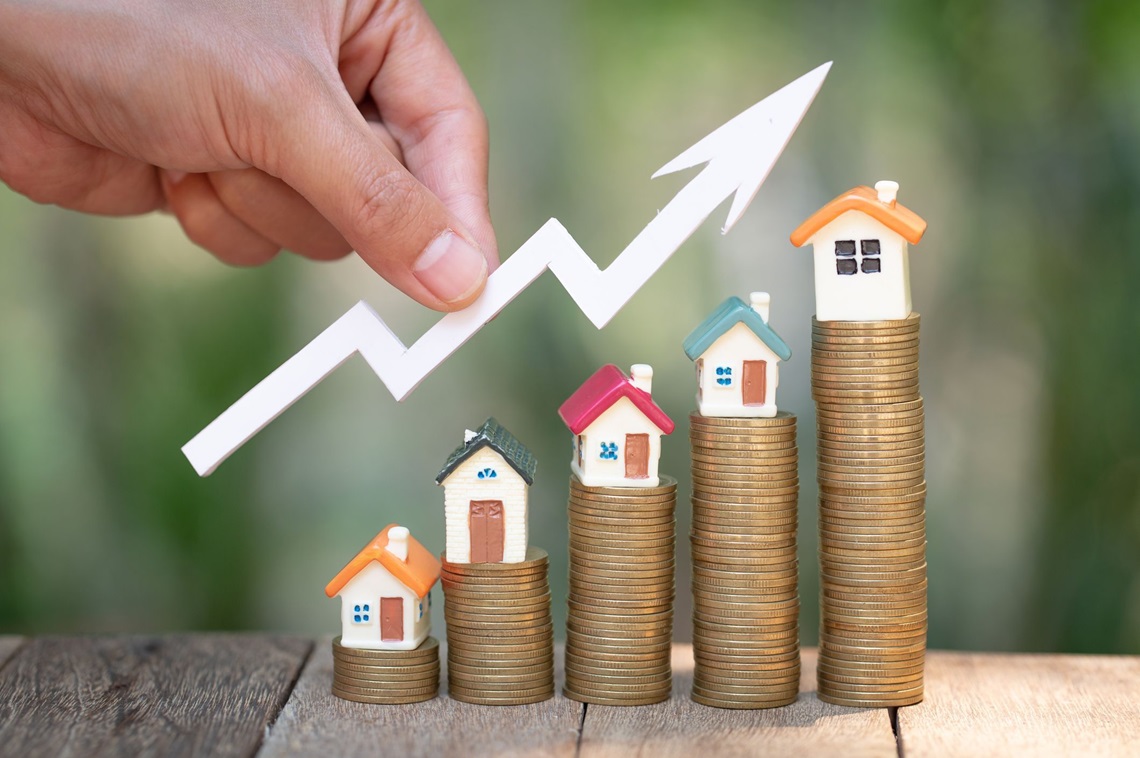Home Price Index Sees 14th Consecutive Record High — RISMedia

In July, the S&P CoreLogic Case-Shiller U.S. National Home Price NSA Index reported a 5% annual gain in home prices, down from 5.5% in June. Month-over-month, home prices saw a modest seasonally adjusted increase of 0.2%. Despite the slower growth rate, July marked the 14th consecutive record high for the National Index, as noted by Brian D. Luke, S&P’s Head of Commodities, Real & Digital Assets.
The Case-Shiller index covers all nine U.S. census divisions and includes two composite indexes based on 10 and 20 U.S. metro areas. Both the 10-city and 20-city indices reported a 0.3% monthly rise after seasonal adjustment. Annually, the 10-city index increased by 6.77%, while the 20-city index rose by 5.92%. The Northeast was the best-performing region, followed by the Midwest. The South had the slowest overall gains but included some of the highest-performing individual markets.
Among the surveyed cities, New York saw the highest annual increase at 8.76%, followed by Los Angeles at 7.23% and San Diego at 7.19%. The cities with the lowest annual increases were Portland at 0.84%, Detroit at 1.32%, and Dallas at 1.87%.
Selma Hepp, CoreLogic’s chief economist, noted that reluctant buyers had stalled 2024 home sales activity to levels not seen since the Great Financial Crisis. However, expectations of continued Federal Reserve rate cuts influenced mortgage rates to decline, infusing some life back into the housing market. Realtor.com® Senior Economist Ralph McLaughlin projected that the rate of home price growth would continue to slow over the next few months before reaccelerating amidst falling interest rates. He highlighted that with mortgage rates falling to 24-month lows and a high probability of further rate reductions, there is a significant chance that the rate of home price growth will bottom out and then reaccelerate by the end of the year or early next year as homebuyers' purchasing power improves.
Dr. Lisa Sturtevant, chief economist of Bright MLS, also forecasted that lower rates this fall could coincide with slower home price growth as more sellers enter the market and inventory rises. She emphasized that affordability remains a significant challenge, limiting many buyers' ability to offer above the list price. Additionally, new rules regarding buyers’ agents' compensation could make it harder for some buyers to enter the market.
Overall, while the rate of home price growth has moderated, the market continues to experience record-high prices, influenced by various economic factors and regional performance differences.





Start the discussion
Become a member of Crib Metrics - Fresh Housing Market Insights and Analysis to start chatting with our AI Real Estate Market Analyst about the article Home Price Index Sees 14th Consecutive Record High — RISMedia
Already a member?